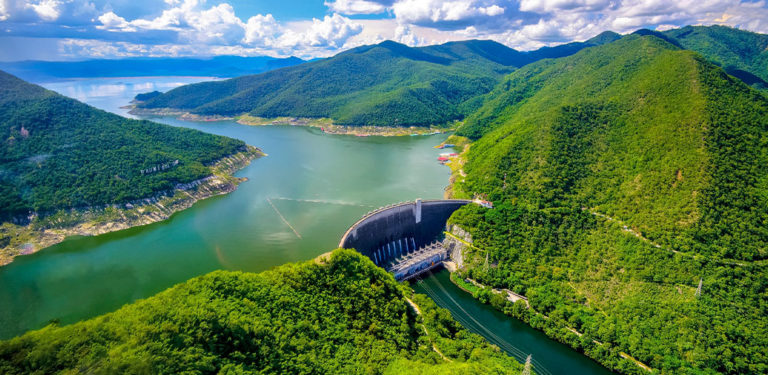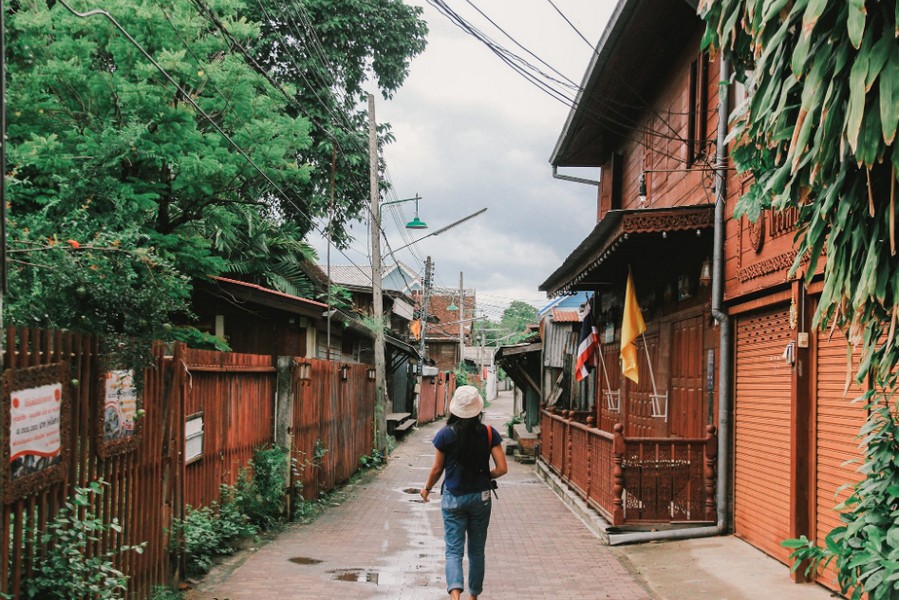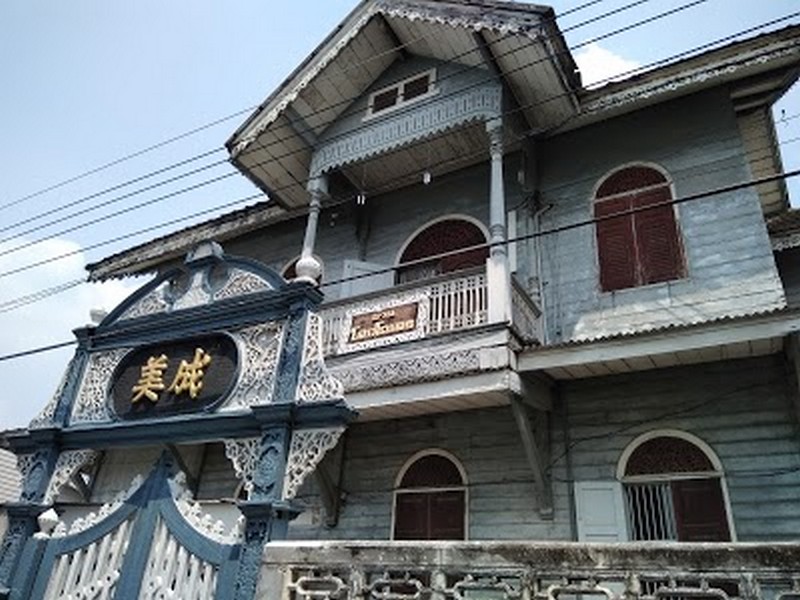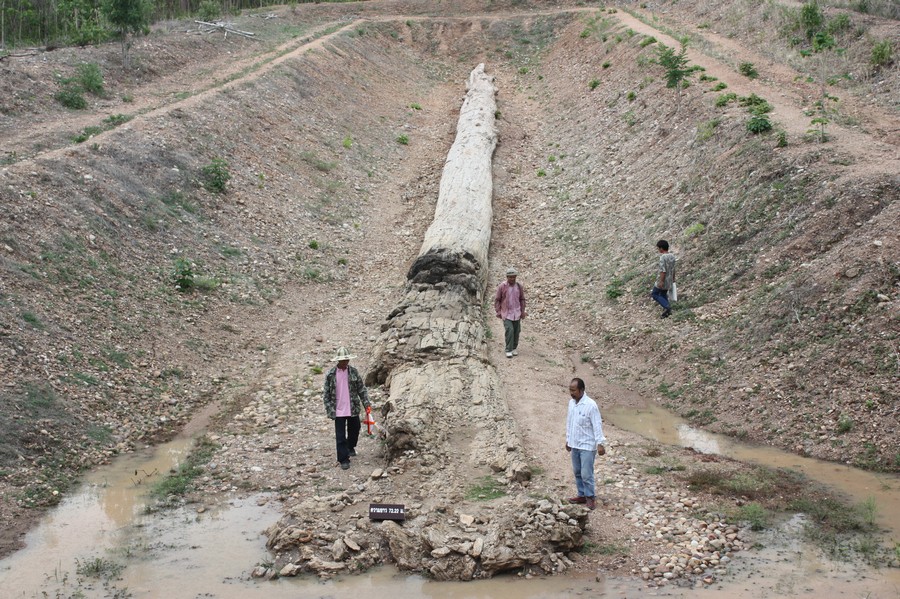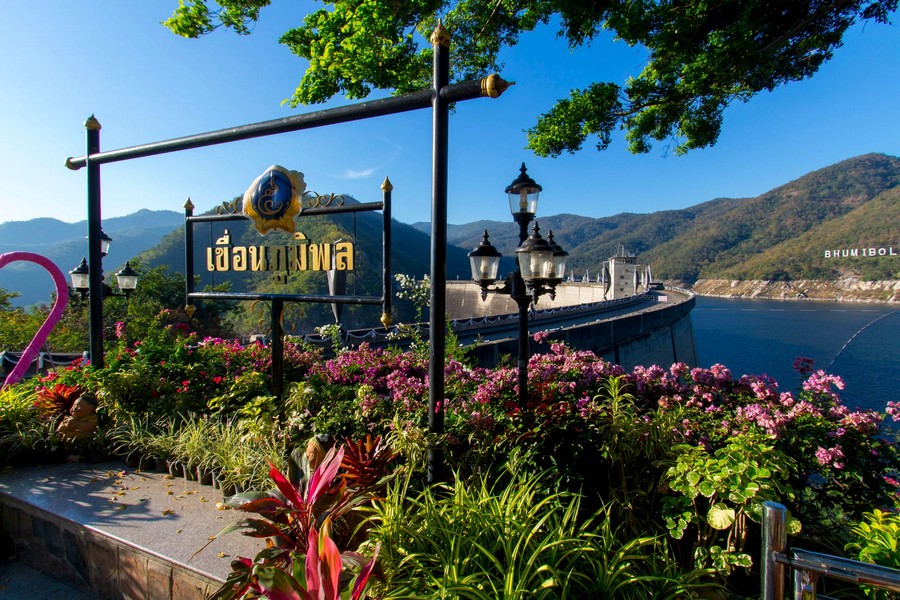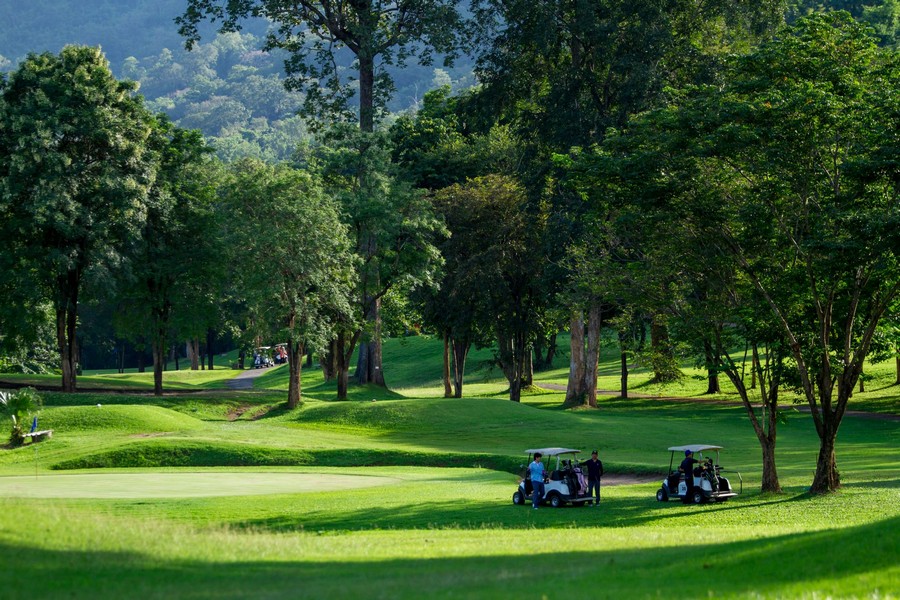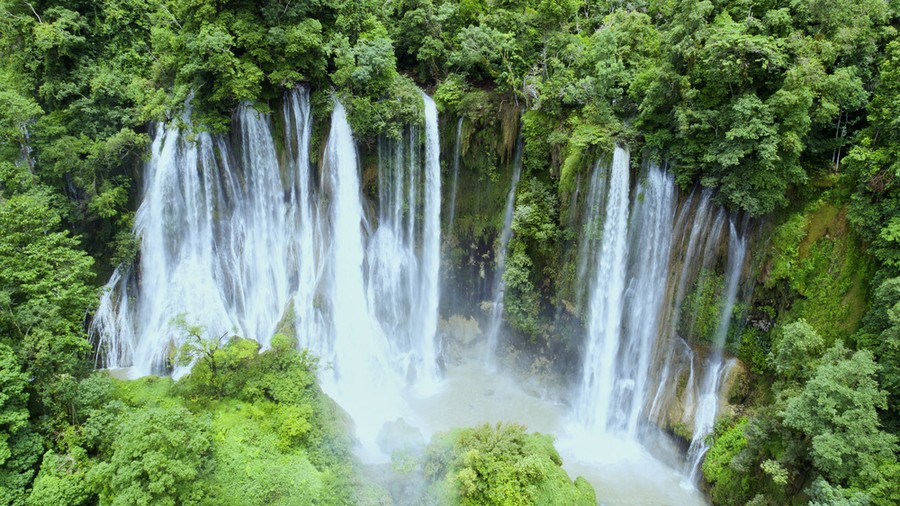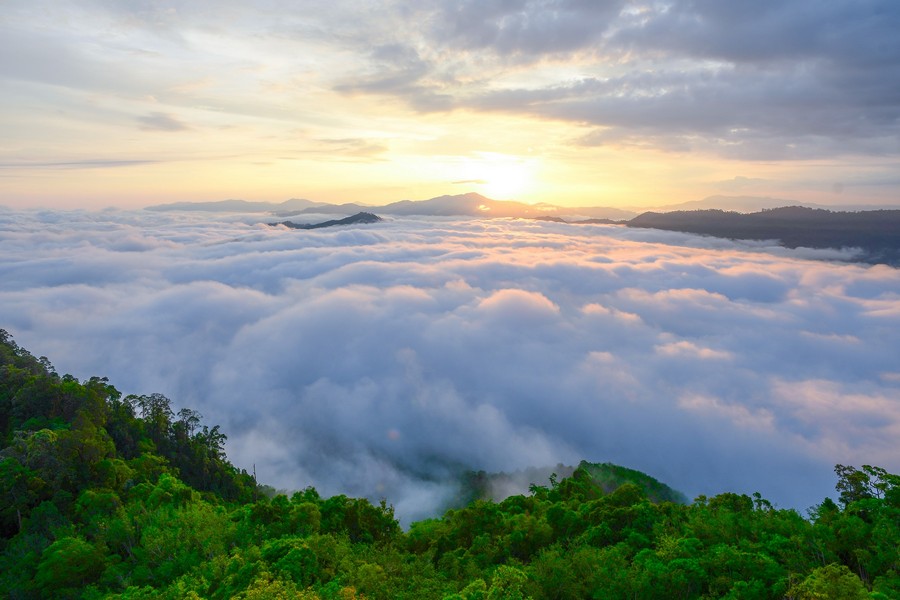Just seven hours northwest of Bangkok by car is the city of Tak. Located along the Ping River, it is also the capital of the Tak Province and the Tak district. The western edge of the province has a long boundary with the Kayin State of Myanmar.
Tak was a historical kingdom built over 2,000 years ago. The ancient kingdom had its peak around the 1st century. By the 5th century, the capital of this kingdom was moved south to Lavo (present-day Lopburi Province). A city named Ban Tak was established by Jamadevi, princess of the Lavo kingdom, around 663 CE. It became part of the Sukhothai kingdom through battles led by Ramkhamhaeng the Great and formed the main fortress on the western front. The city was moved further west and renamed Mueang Rahang when the Ayuthaya kingdom was lost to Burma during King Maha Thammaracha’s reign. The city was moved back to the east side of the Ping River during the early Bangkok period.
King Taksin was vice-governor of Tak before the Ayutthaya kingdom fell during the war with Burma. As his name was Sin, he began being called Tak-Sin during his time in Tak.
When in Tak, you won’t be entertained with shopping centers, water parks, or other man-made venues. You will find the extraordinary beauty of mother nature by way of one of the most extensive intact natural forests in South East Asia and one of Thailand’s largest wildlife corridors. This is possible due to the linkage of the Mae Wong & Khlong Lan National Parks, the Kha Kaeng Wildlife Sanctuary, the Thung Yai Naresuan National Park & the Um Phang Wildlife Sanctuary.
When not wandering the woods, a worthwhile visit should be made to the ancient community of Trok Ban Chin.
Situated on a riverbank, as was often done in the olden days, the river served as a waterway for transportation and receiving goods. A bustling trade helped Trok Ban Chin become a crowded and lively village complete with several markets, timber shops, and houses owned by wealthy traders of the day. During World War II, bombs were dropped on the town, causing many people to desert their homes and leave. In the past decade, however, this town has been renovated and the houses restored—all coalescing to make Trok Ban Chin an attractive, historical destination worthy of a walkabout.
Another historical destination worthy of a selfie is the Petrified Wood Forest Park. Located in Tambon Tak Ok, this petrified forest is more than 120,000 years old. To put that in perspective, if everyone in your family lived to 100, this forest would go back 1,200 generations. That’s a lot of great, great, great’s……. There are seven petrified trees at the park, including the largest discovered fossilised tree in Asia. This mammoth has a height of 72.22 metres and a diameter of two metres. Visitors can walk along the nature trails and study both the fossilised and living trees with details along the way about the geology and how fossils are formed.
After the Second World War, the Thai government decided it needed to build a large hydropower plant. A feasibility study was undertaken to find the ideal location, with the conclusion that the Yanhee Valley on the Ping River was the most suitable. Construction of the Yanhee Dam began in 1957.
On July 25, 1957, His Majesty King Bhumibol Adulyadej gave royal permission to use the auspicious name “Bhumibol” for the dam. On May 17, 1964, His Majesty King Bhumibol Adulyadej, accompanied by Her Majesty Queen Sirikit, performed the opening ceremony of Bhumibol Dam, pressing the start button on the first power generator. When visiting the damn, be sure to bring your clubs as you will find they also have an 18 hole golf course.
If you drive a little over an hour further North, you’ll come across Tha Song Yang, the northwestern-most district of Tak, and within, the Mae Moei National Park. The park is named after the Moei River, the natural border between Thailand and Myanmar stretching almost 50 Kilometers. The park itself is about 185 square kilometers in size.
Most of the park is mountainous, ranging from 680 meters to 1,250 meters above sea level. November thru March is the best time to visit as the temperatures are cool. May thru October is the rainy season and not as ideal.
When at Moei National Park, several waterfalls are worth viewing, including the Chao Doi, Mae Ramaeng and Mae Salid Noi waterfalls. There is also an excellent cave to explore called the Mae U-su, which has the Mae U-su river running through it with beautiful stalactites and stalagmites.
Due to its rarity in Thailand, one of the most popular things to do when at the park is to visit one of the numerous “Sea of Fog” viewpoints. Often a fog layer will descend below the mountain tops, so when looking down from high viewpoints in the park, it appears as if the fog is a sea.
Many people consider Tak just another province on their way to the North. But, If you set aside a few days to discover Tak, you’ll find that Mother Nature is always one step ahead when it comes to beauty, and she’s quite the artist.


